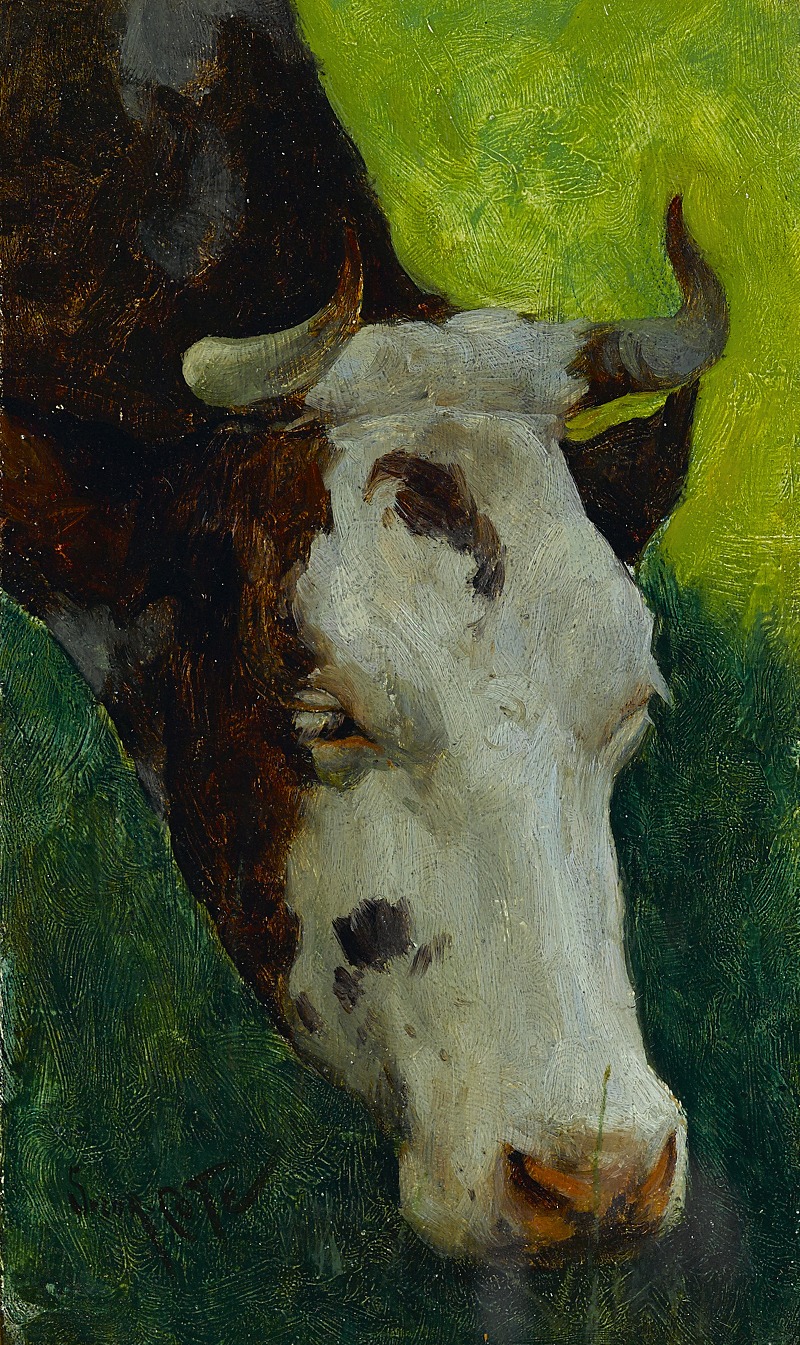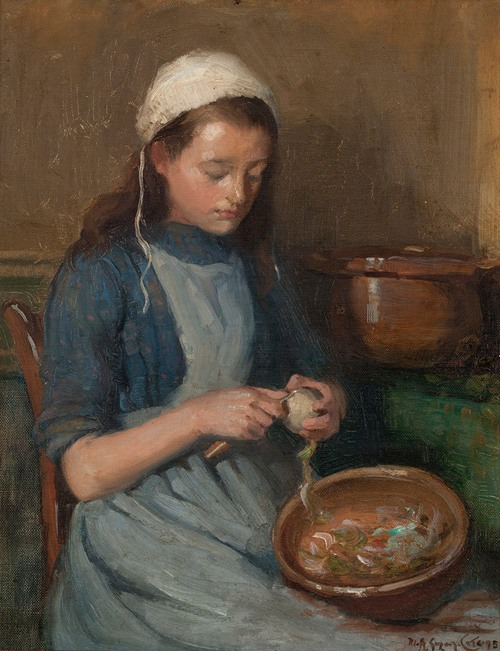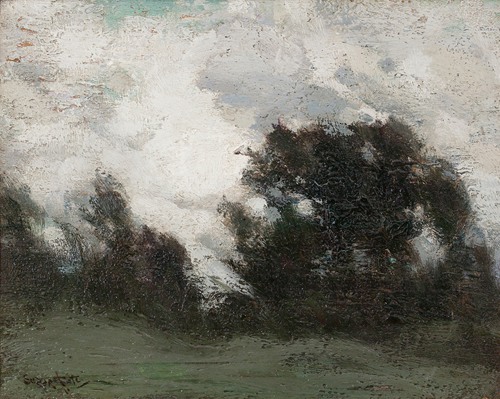

Marc-Aurèle de Foy Suzor-Coté RCA was a French Canadian painter and sculptor. He was one of the first native-born Canadian artists whose works were directly influenced by French Impressionism and Post-Impressionism.
He was born in Arthabaska, Quebec in 1869 and his father was an artist. Suzor-Coté studied at the Collège du Sacré-Coeur, Arthabaska. He was a baritone, who studied music at the Conservatory of Music in Paris in 1890, but later in the 1890s, studied painting and sculpture at the École des Beaux-Arts with Léon Bonnat. At the school, he learned of the work of Swedish sculptor Carl Milles whose sculptures of indigenous people influenced him. Three years later, after a visit home, he studied painting and sculpture at the Julian and Colarossi Academies. He exhibited his first works in 1894 at the Salon de la Société des Artistes Français. His first fully Impressionist paintings, with broken brushwork and bright colour, were made in Brittany in 1906.
After his return to Quebec in 1908, he established a studio in Montreal creating paintings with classic interpretations of Canadian landscapes. He produced many Impressionist and even Post-Impressionist paintings of the Quebec landscape, as well as portraits, nudes, historical paintings and later, sculptures. In his paintings, he was most interested in the play of light on snow and water, leaving behind optical truth for more advanced goals.
Suzor-Coté was made a member of the Royal Canadian Academy of Arts. There were numerous exhibitions of his work during his lifetime and afterwards. In 2002, Suzor-Coté, 1869-1937: Light and Matter, co-organized by the Musée du Québec and the National Gallery of Canada, was circulated by the Musée du Québec. This first major retrospective of Suzor-Coté, the first in 75 years, brought together over 140 works.
Suzor-Coté became paralyzed in 1927. In 1929, Suzor-Côté moved to Daytona Beach, Florida, where he died on 29 January 1937.
More Artworks by Marc-Aurèle de Foy Suzor-Côté


